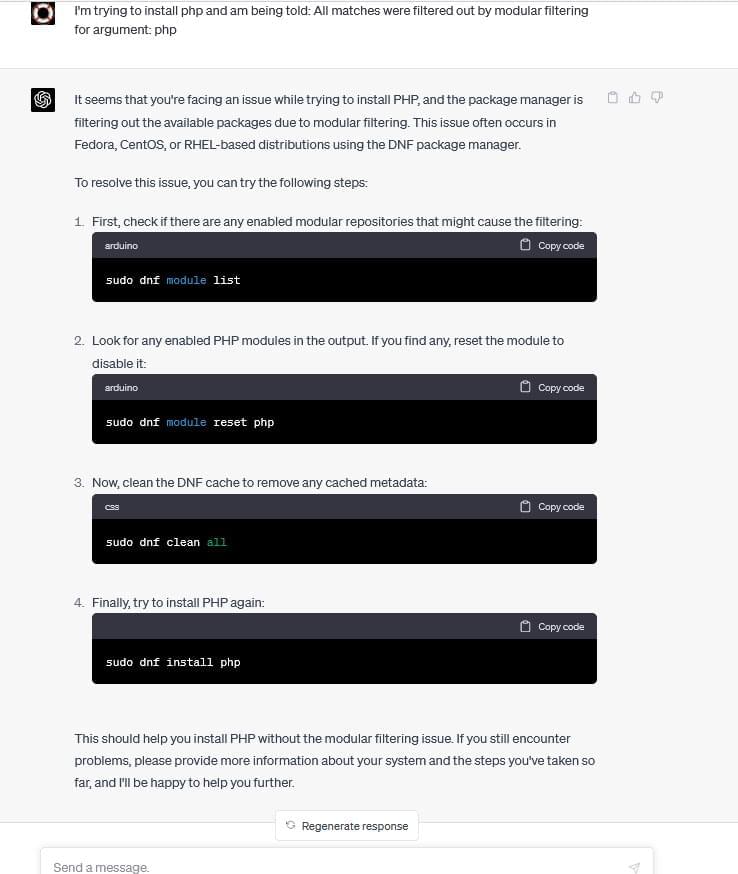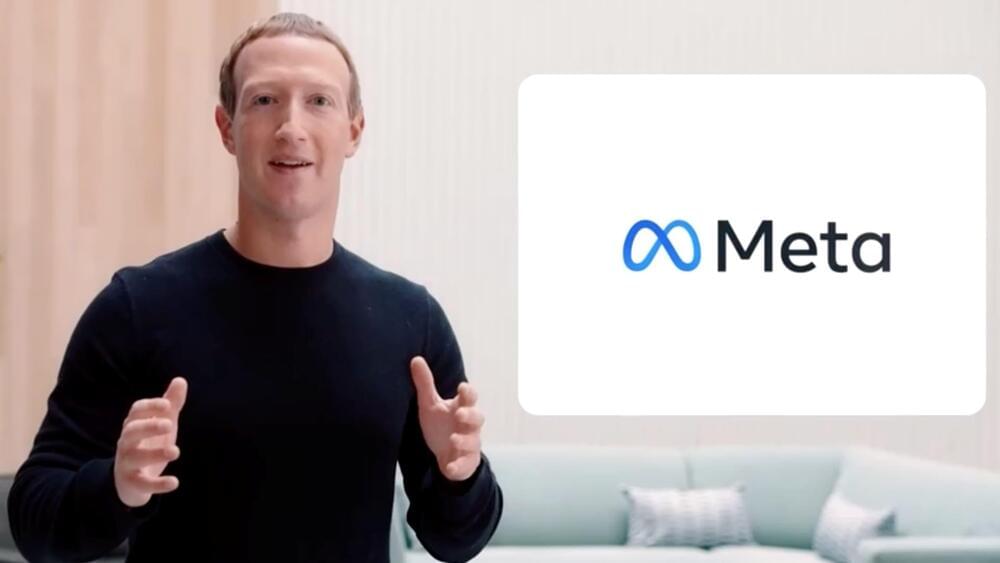• Explore the specific opportunities that AI offers your industry. This will help you weigh up the potential benefits and how you can leverage them to your advantage. Many AI solutions to specific needs are already available, simplifying and speeding up their implementation.
• Start with small projects that allow you to try out technologies and evaluate their effectiveness. For instance, supervised AI only serves as an assistant and does not independently carry out a specific function. ChatGPT can be used to describe a work-related problem, allowing you to see what AI advises. Describe a decision that you’re about to make and ask what you could improve or add, or ask them to generate an answer to a question from a question, which will give your great perspective. ChatGPT and similar solutions can help small businesses in their everyday operations without major investments.
AI integration in e-commerce holds immense potential for small businesses to streamline operations, personalize customer experiences and gain a competitive edge. By starting with small projects and gradually incorporating AI, SMEs can unlock new opportunities and drive their businesses toward greater success.





